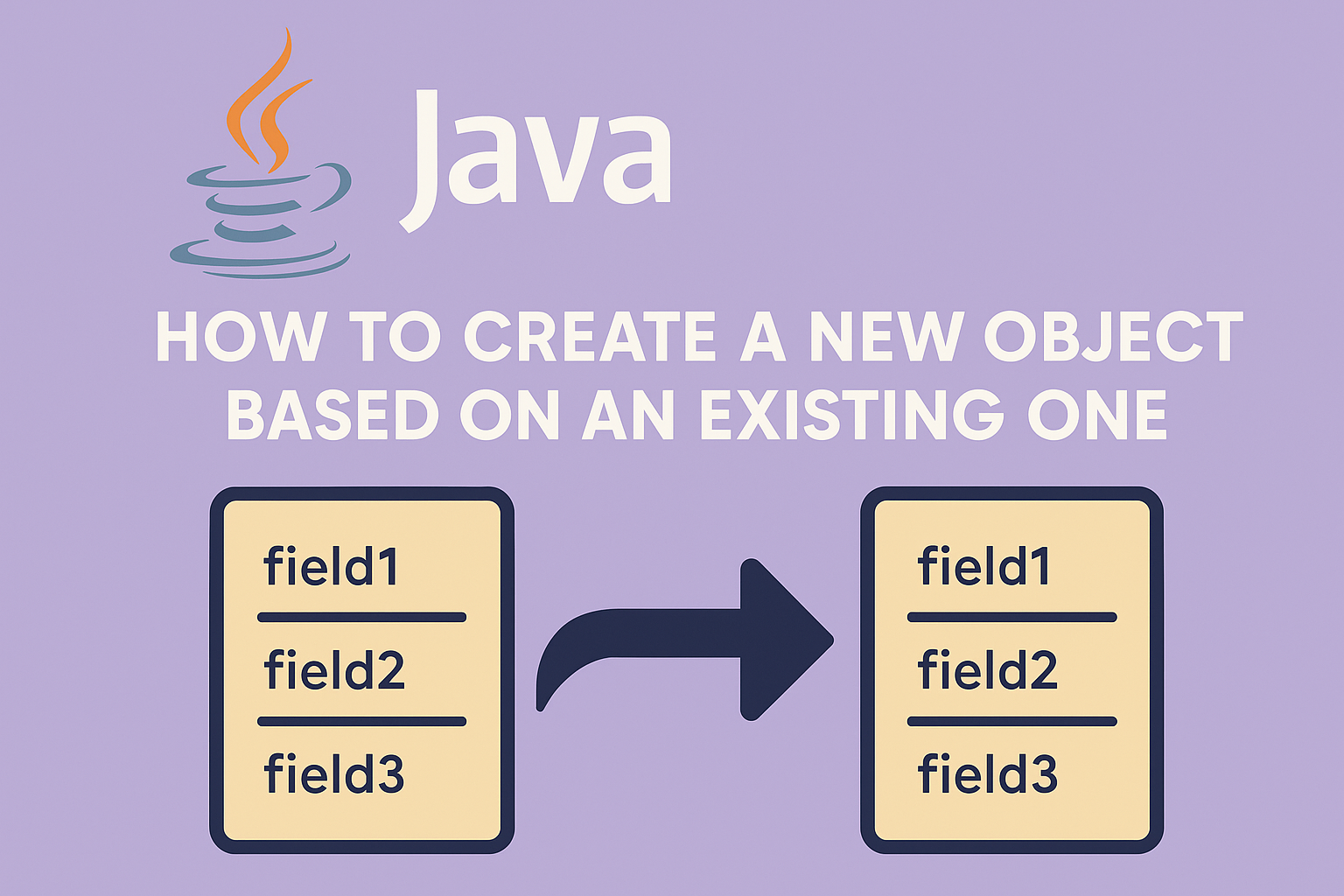How to install and configure the LaunchNavigator plugin in a TypeScript project, detect which navigation apps are available on a device, prompt the user to choose their preferred app, and launch turn-by-turn directions. Whether you’re a complete beginner or just need a refresher, this article breaks down each step in simple terms.
Table of Contents
- What Is LaunchNavigator?
- Why Use
availableApps? - Prerequisites
- Step 1: Install & Configure the Plugin
- Step 2: Add TypeScript Definitions
- Step 3: Check for Available Apps
- Step 4: Let the User Pick an App
- Step 5: Launch Navigation
- iOS Tips & Gotchas
- Full Example Code
- Conclusion
What Is LaunchNavigator?
LaunchNavigator is a popular Cordova/PhoneGap plugin that lets your hybrid mobile app open external navigation apps—like Google Maps, Apple Maps, Waze, or Citymapper—to give turn-by-turn directions. Instead of building your own map interface, you can “hand off” navigation to the user’s installed app of choice.
Why Use availableApps?
The availableApps feature:
- Detects which navigation apps are installed on the user’s device
- Adapts to Android and iOS differences automatically
- Empowers you to give users a choice or pick your preferred app if available
- Improves UX by avoiding hard failures when an expected app isn’t there
Prerequisites
Before you begin:
- A working Cordova or Ionic project
- TypeScript support enabled (e.g., in
tsconfig.json) - At least one navigation app (Google Maps, Waze, etc.) installed on your test device
Step 1: Install & Configure the Plugin
Run this in your project folder:
cordova plugin add uk.co.workingedge.phonegap.plugin.launchnavigator
Tip: Always check the official GitHub repo for the latest version and install instructions.
Step 2: Add TypeScript Definitions
Since LaunchNavigator doesn’t ship with its own TypeScript types, create a launchnavigator.d.ts in your src/types/ folder:
// src/types/launchnavigator.d.ts
interface LaunchNavigatorAppAvailability {
googlemaps?: boolean;
waze?: boolean;
applemaps?: boolean;
citymapper?: boolean;
[key: string]: boolean | undefined;
}
interface LaunchNavigatorOptions {
app?: string;
}
interface LaunchNavigator {
availableApps(
success: (apps: LaunchNavigatorAppAvailability) => void,
error: (err: any) => void
): void;
isAppAvailable(
app: string,
success: (available: boolean) => void
): void;
navigate(
destination: string | { lat: number; lng: number },
options?: LaunchNavigatorOptions,
success?: () => void,
error?: (err: any) => void
): void;
APP: {
GOOGLE_MAPS: string;
WAZE: string;
APPLE_MAPS: string;
CITY_MAPPER: string;
};
}
declare var launchnavigator: LaunchNavigator;
This gives you type safety and autocompletion in editors like VS Code.
Step 3: Check for Available Apps
In your component or service, call availableApps after deviceready:
this.launchNavigator.availableApps(
(apps) => {
console.log('Detected apps:', apps);
// apps.googlemaps === true if Google Maps is installed
},
(err) => {
console.error('Error checking apps', err);
}
);
- The callback returns an object whose keys are app IDs (e.g.,
googlemaps) and whose values are booleans.
Step 4: Let the User Pick an App
Convert the returned object to an array, then prompt the user:
const availableApps = Object.keys(apps).filter(k => apps[k]);
if (availableApps.length > 1) {
// Simple prompt for demo; replace with a better UI in production
let promptText = 'Choose navigation app:\n';
availableApps.forEach((app, i) => {
promptText += `${i + 1}. ${app}\n`;
});
const choice = parseInt(window.prompt(promptText) || '', 10) - 1;
if (choice >= 0 && choice < availableApps.length) {
return availableApps[choice];
}
}
// If only one app, return it automatically
return availableApps[0];
Pro Tip: Use Ionic’s Action Sheet, Angular Material Dialog, or a custom modal for a polished look.
Step 5: Launch Navigation
Once you have the chosen app ID, call:
this.launchNavigator.navigate(
destination,
{ app: chosenAppId }
)
.then(() => console.log('Navigator opened'))
.catch(err => console.error('Launch error:', err));
destinationcan be a string address or an object:{ lat: 37.422, lng: -122.084 }
iOS Tips & Gotchas
- Test on Real Devices
iOS simulators do not install third-party apps; always test on an actual iPhone or iPad. devicereadyTiming
Wrap calls indocument.addEventListener('deviceready', …)so the plugin is fully loaded.- Apple Maps Always Present
On iOS, at minimum you’ll getapplemaps: true—others only if installed. - Plugin Version
Keep the plugin up to date; platform-specific bugs get fixed frequently in newer releases.
Full Example Code
openMap(destination: string) {
document.addEventListener('deviceready', () => {
this.launchNavigator.availableApps(
(apps) => {
const installed = Object.keys(apps).filter(k => apps[k]);
if (installed.length === 0) {
alert('No navigation apps found.');
return;
}
let chosen = installed[0];
if (installed.length > 1) {
// Prompt user
let msg = 'Pick an app:\n';
installed.forEach((app, i) => {
msg += `${i + 1}. ${app}\n`;
});
const idx = parseInt(window.prompt(msg) || '', 10) - 1;
if (idx >= 0 && idx < installed.length) {
chosen = installed[idx];
}
}
this.launchNavigator.navigate(
destination,
{ app: chosen }
)
.then(() => console.log(`Launched with ${chosen}`))
.catch(err => console.error('Error:', err));
},
(err) => alert('Error fetching apps: ' + err)
);
}, false);
}
Conclusion
You’ve learned how to:
- Install and type the LaunchNavigator plugin in TypeScript
- Detect installed navigation apps on iOS and Android
- Prompt users to choose their preferred app
- Launch directions seamlessly
This “For Dummies” guide should get you up and running in minutes. Happy coding—and safe navigating!



